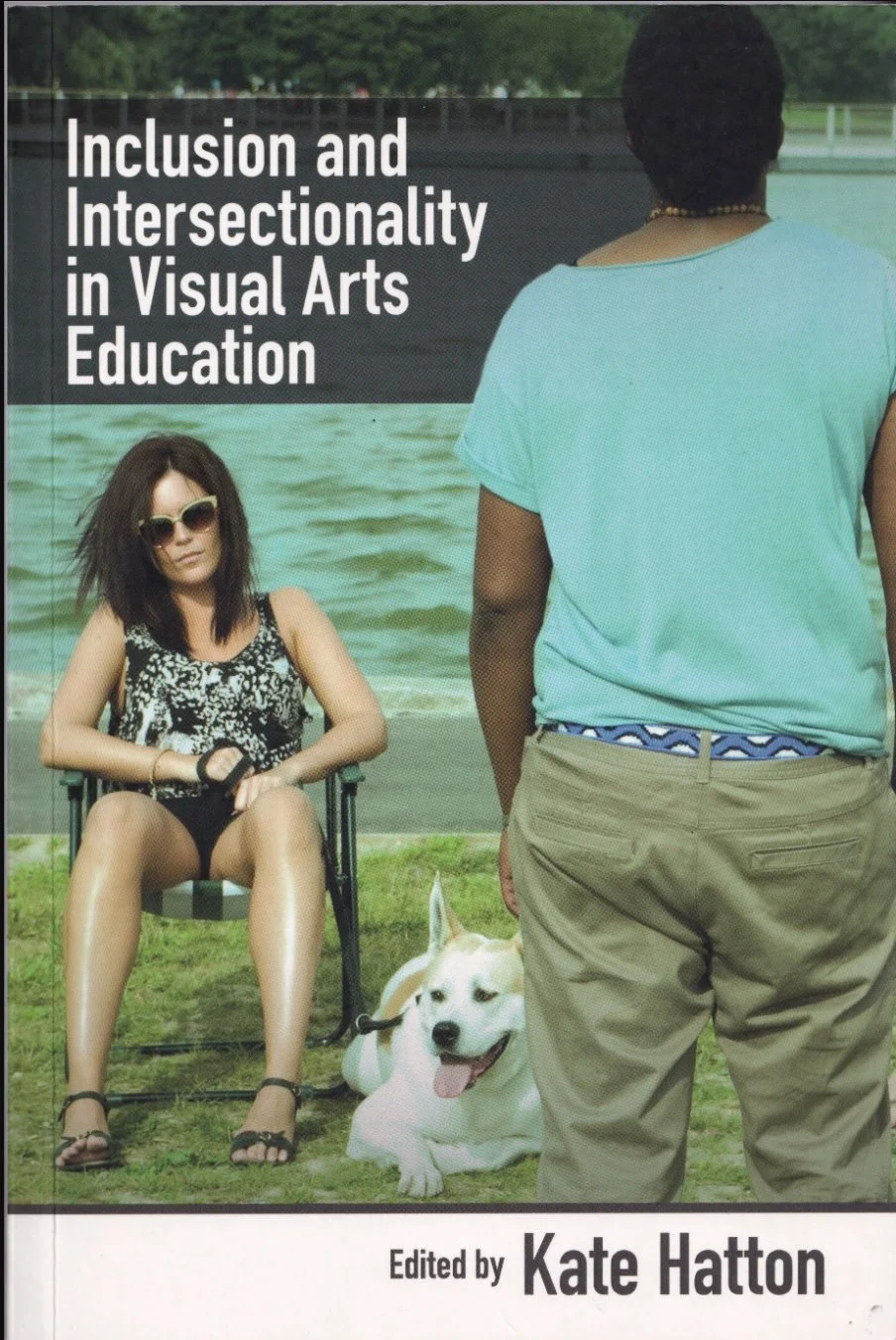Drawing as an inclusive practice. Publication. Trentham Books.
Drawing as an inclusive practice, in Inclusion and Intersectionality in Visual Arts Education, Hatton, Kate, Ed., p 99-121. University College London Institute of Education Press & Trentham Books · Feb 1, 2019
Co-authored with Chris Koning. From within the frame of visual arts education, this collection examines differing and overlapping identities found in higher education. The authors explore expanding relationships of identity-based thinking. They show through their research and work how inclusion debates on race, gender, class and access are extended by adopting intersectional theory. The case studies drawn from visual arts education are applicable to wider education settings and will interest higher education theorists and equality and diversity specialists as well as arts practitioners, gallery educators and the informal arts education sector. This book is partner to 'Towards an Inclusive Arts Education' (2015), edited by Kate Hatton.
After repeated student requests, I piloted skills drawing at UAL-wide Academic Support and ran several sessions from 2019 in person to online during the Covid pandemic. “It really is about practice, learning to release tension (stiff hands, tense jaw, a furrowed brow, shoulders pulled a bit too high) in my approach to making, not pushing for an outcome too quickly.’ (Attille, 2021) I tested online formats, running sessions on the different types of perspective drawing to taking requests and covering student questions. One humbling moment following a perspective demo, a set design student said that she had never felt talented, when comparing herself to the others on her course, she only now realised that she was simply missing the skill of perspective drawing. In this quiet interaction of delivering skills, a transformational moment of profound change occurred. I wrote about this together with Chris Koning (Senior Academic Support Lecturer, Central Saint Martins) ‘Drawing as an inclusive practice’ (2019). Looking at the question of skills from an inclusion perspective, we discovered that the ability to draw is part of a hidden curriculum, courses still feature and expect a large amount of hand drawing, and the onus would be on the student to learn or catch- up in their own time. Together with Chris Koning we wrote a report ‘Hazy expectations: collected stories around drawing in the design curriculum’ (2017) with recommendations for institutional change at UAL. ‘Ilga was instrumental in introducing drawing as a thinking methodology into my teaching practice, a position that maintains its relevance as digital technologies force a paradigm shift in how we evidence the value of the analogue’. (Koning, 2025)
Koning, Chris and Leimanis, Ilga (2019) Drawing as an inclusive practice. In: Inclusion and Intersectionality in Visual Arts Education. UCL IOE Press, London, pp. 99-121.
ISBN 978-1-85856-898-3
